The pagoda was built 200 years ago with single-leaf bamboo, in a wild, swampy forest with many lotus flowers. Then the pagoda caught fire. In 1884, the villagers pooled money to rebuild the pagoda with wood. The pagoda has Khmer architectural style, the roofs are built in a staggered manner, in the middle of the three sloping roofs and a horizontal roof is a 2m high tower, the top of the tower has 5 floors, around the statue of the goddess Kayno supporting the tower. The pagoda has many fan-shaped snake heads covering the meditating Buddha. The main hall has two floors, the ground floor worships the statue of Buddha Shakyamuni. The pagoda has 11 large and small statues of Shakyamuni in different meditation postures and three statues of Buddha saving sentient beings. All the statues on the outer pillars are carved with the statue of the divine bird Mahaknot and the statue of the divine bat. The pagoda is the place where the annual traditional festivals of the Khmer people here are held.
With an area of 20,000m2, it is a provincial historical and cultural relic. The pagoda has a strong Khmer architectural style. The pagoda gate is built in the style of a three-door gate made of reinforced concrete, 7m high. The lower part of the gate is in the shape of a rectangular box with eight square columns with flat roofs, and the tops of the columns have statues of the god Käyno with roofs. The name of the lord is written in Khmer in gold letters on a blue background: Salavemothien, a dragon with two heads facing in two directions, and on its body is a relief of the god Reahu swallowing the moon.
The main structure of the pagoda - the most sacred is the main hall, located in the East - West direction. The main hall is built of reinforced concrete with two floors, each floor has a main room, a roof covered with fish scale tiles, walls built with bricks, and a floor paved with patterned tiles. The columns are round, the base and the top of the columns are embossed with lotus pedestals. On the top of the columns are statues of Kayno and Maha Kruot supporting the roof. The lacquered edges, column heads, and lacquered edges are all decorated with motifs: rolled leaves (Ang ko hiel), lotus petals - leaves arranged in a straight line (pec flower), four-petaled flowers (lemon bud flower), lotus petals (tro bot chuk), images of deities....
It is a place to preserve national cultural values, showing cultural exchanges between ethnic groups such as: altars, wardrobes, crescent tables, scriptures and stories written on the floor. Every year, many traditional festivals of the Khmer people take place here, such as Chol Chnam Thmay New Year (from April 13-15), Sen Dolta Festival (from August 29-30), Ooc-0m-Boc Festival (held on the full moon day of October 15).
Sports activities close to major holidays such as: cultural exchange, lam-thol dance, pentatonic music... this place becomes the cultural center of the Khmer people in Loan My commune.


![[Photo] More than 17,000 candidates participate in the 2025 SPT Competency Assessment Test of Hanoi National University of Education](https://vphoto.vietnam.vn/thumb/1200x675/vietnam/resource/IMAGE/2025/5/17/e538d9a1636c407cbb211b314e6303fd)


![[Photo] Readers line up to visit the photo exhibition and receive a special publication commemorating the 135th birthday of President Ho Chi Minh at Nhan Dan Newspaper](https://vphoto.vietnam.vn/thumb/1200x675/vietnam/resource/IMAGE/2025/5/17/85b3197fc6bd43e6a9ee4db15101005b)
![[Photo] Prime Minister Pham Minh Chinh chairs meeting on science and technology development](https://vphoto.vietnam.vn/thumb/1200x675/vietnam/resource/IMAGE/2025/5/17/ae80dd74c384439789b12013c738a045)



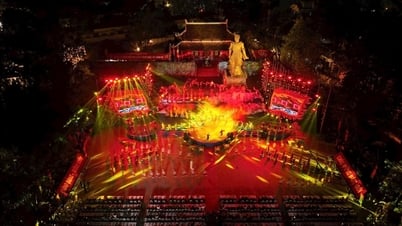



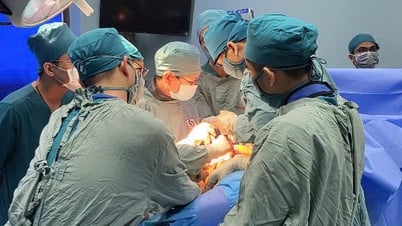

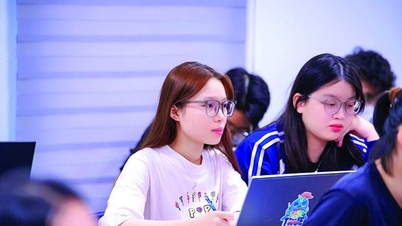



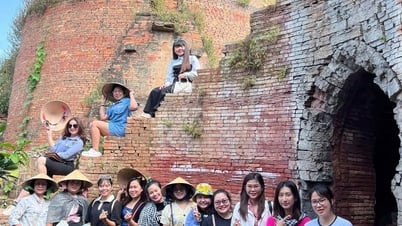




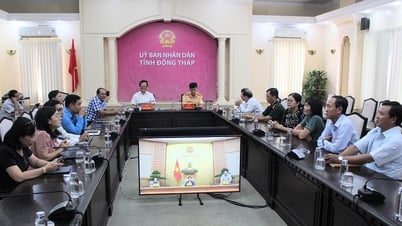

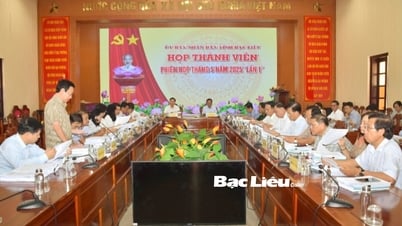
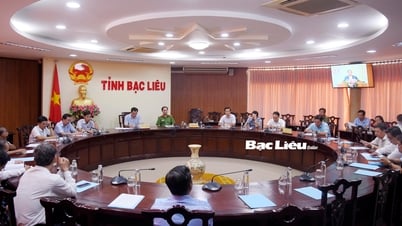
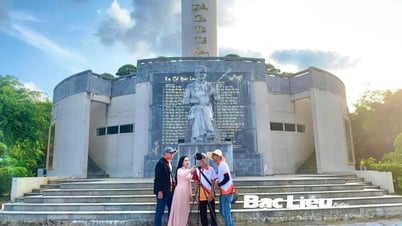
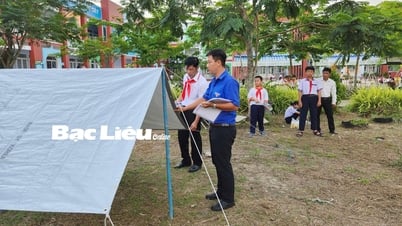
![[Photo] Nearly 3,000 students moved by stories about soldiers](https://vphoto.vietnam.vn/thumb/1200x675/vietnam/resource/IMAGE/2025/5/17/21da57c8241e42438b423eaa37215e0e)


















































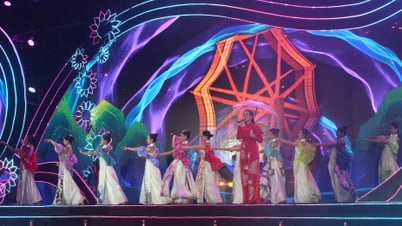



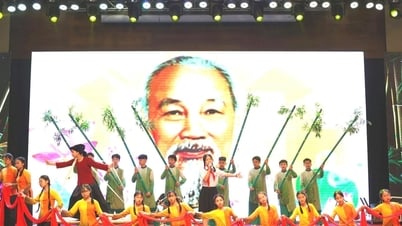



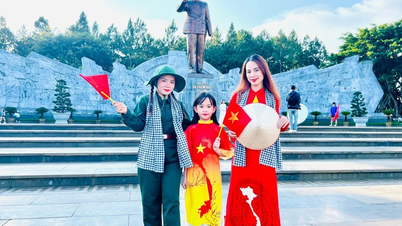

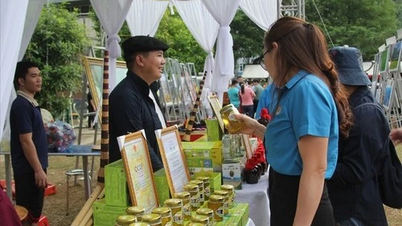











Comment (0)